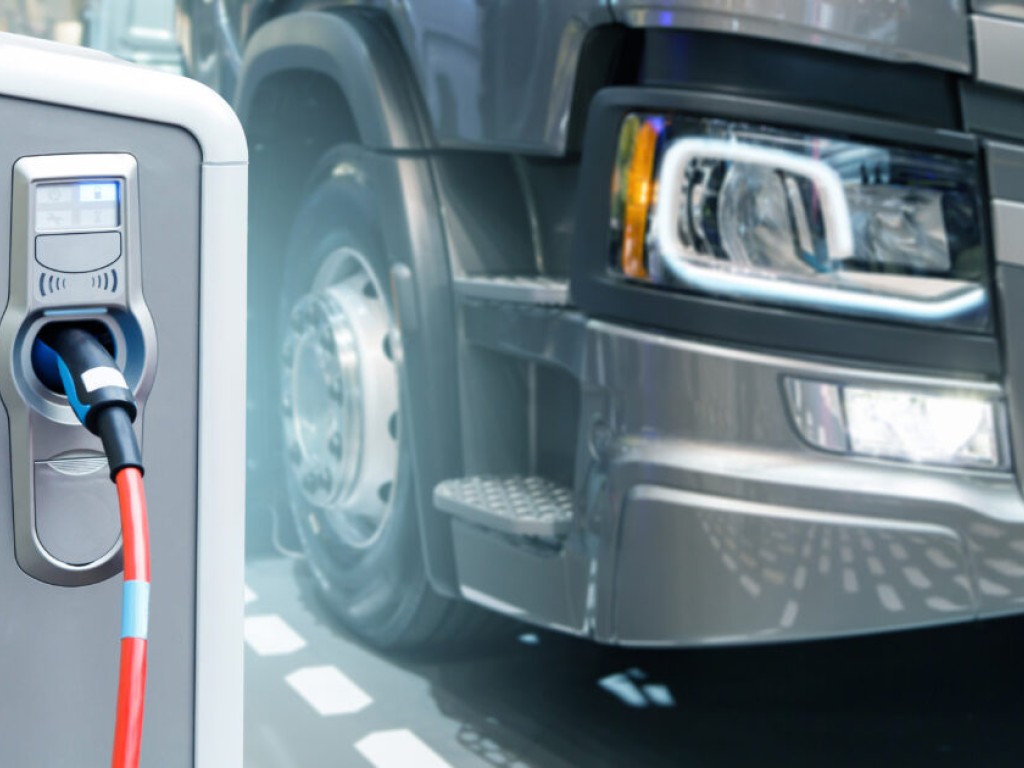TRANSENERGY (Energietransitie op de bouwplaats – de route naar een zero-emissie bouwplaats)

The construction sector is responsible for a significant proportion of NOx and CO2 emissions and air pollution in the Netherlands. Traditional construction sites use a lot of energy and diesel engines, which release harmful substances such as NOx and CO2. TRANSENERGY therefore focuses on solutions for a zero-emission (ZE) construction site. The aim is to make choices that prevent emissions at an early stage of a construction project. In this way, the project contributes to cleaner air, lower NOx and CO2 emissions, and a healthier living environment.
The TRANSENERGY project investigates how a zero-emission construction site can work in practice. It looks at four important aspects: the type of construction site, the way in which energy is supplied, the energy demand of the equipment, and the transport of materials, people, and energy. Practical data on innovative energy solutions, such as replaceable batteries, hydrogen, and overhead lines for rail projects, is being collected at four construction sites. In addition, existing data and interviews from more than 20 other construction projects are being analyzed. By combining this information, it will be determined which solutions work best for different types of construction sites and at what point in the construction process they have the greatest effect.
The project will provide concrete insights and practical tools for both principals and construction companies. An overview of effective combinations of energy supply, equipment, and transport will be created, enabling ZE construction sites to be realized more quickly and efficiently. The results will help reduce NOx and CO2 emissions, contribute to the objectives of the Climate Agreement and the Clean Air Agreement, and make it easier to scale up successful solutions from practice to other construction projects.